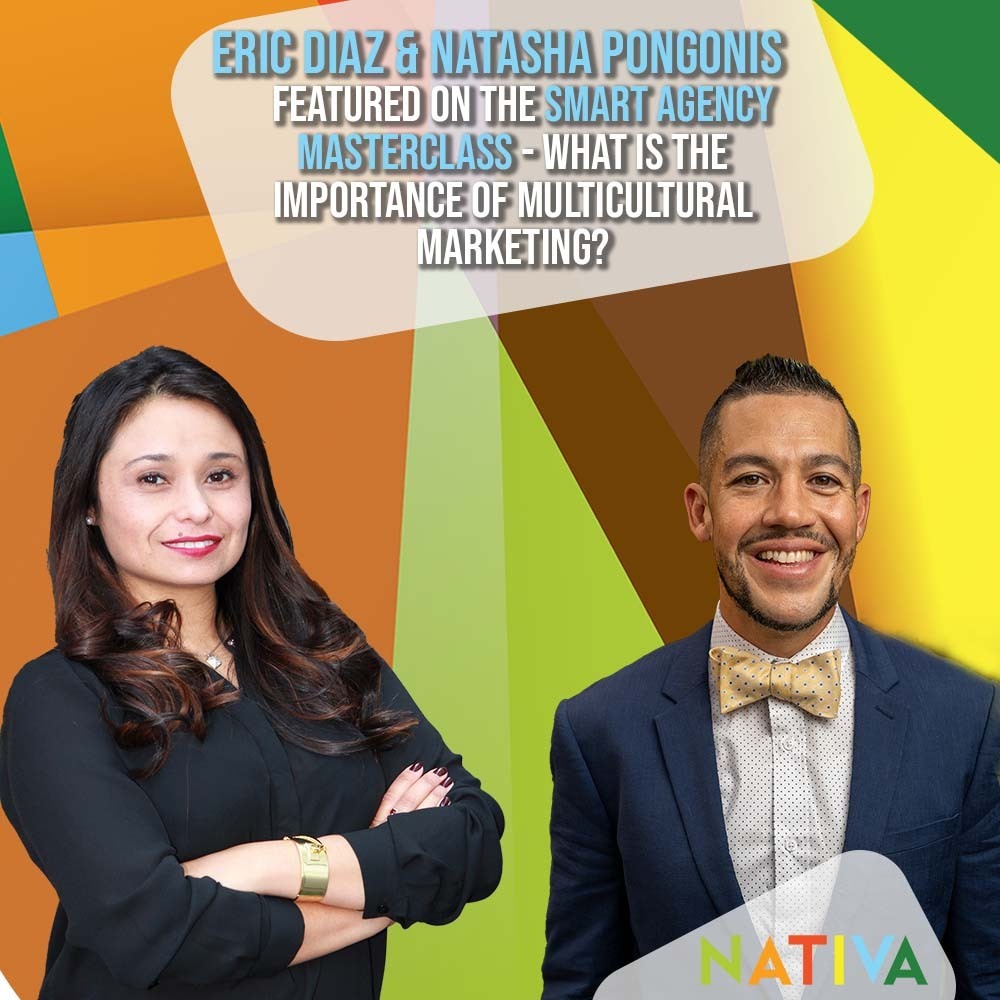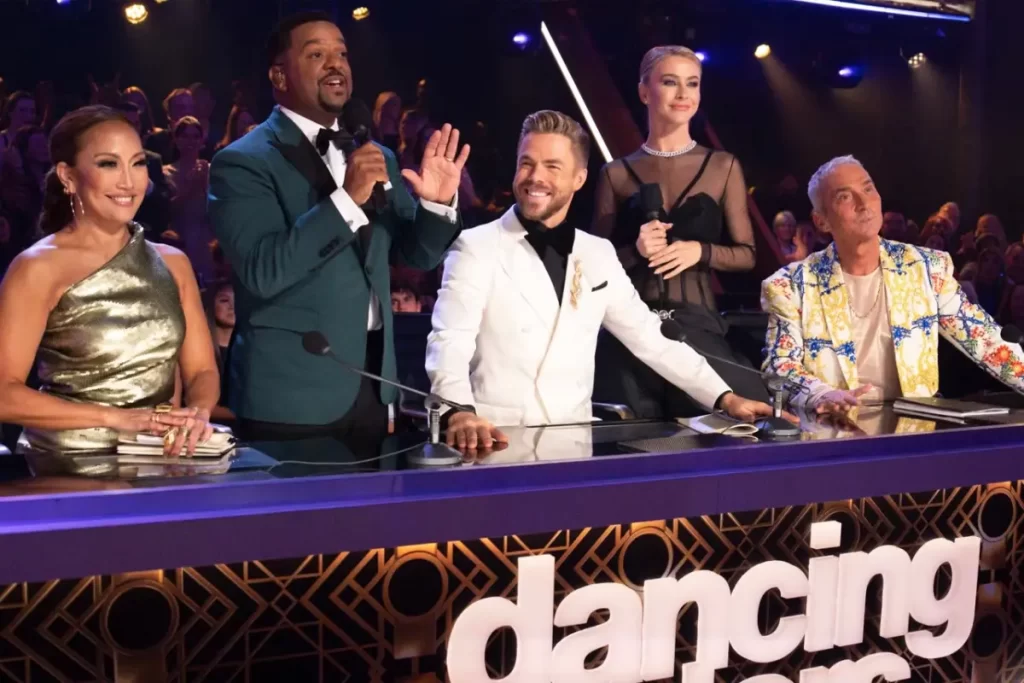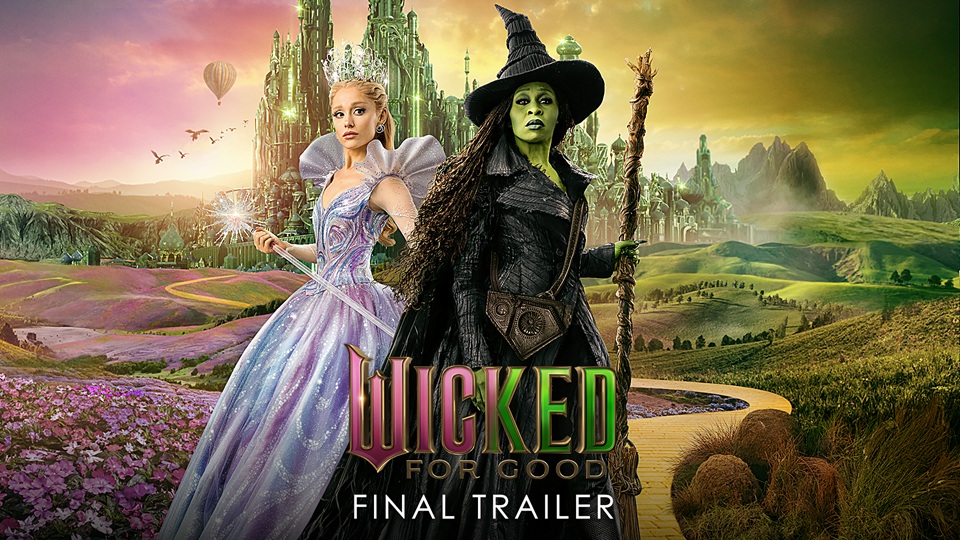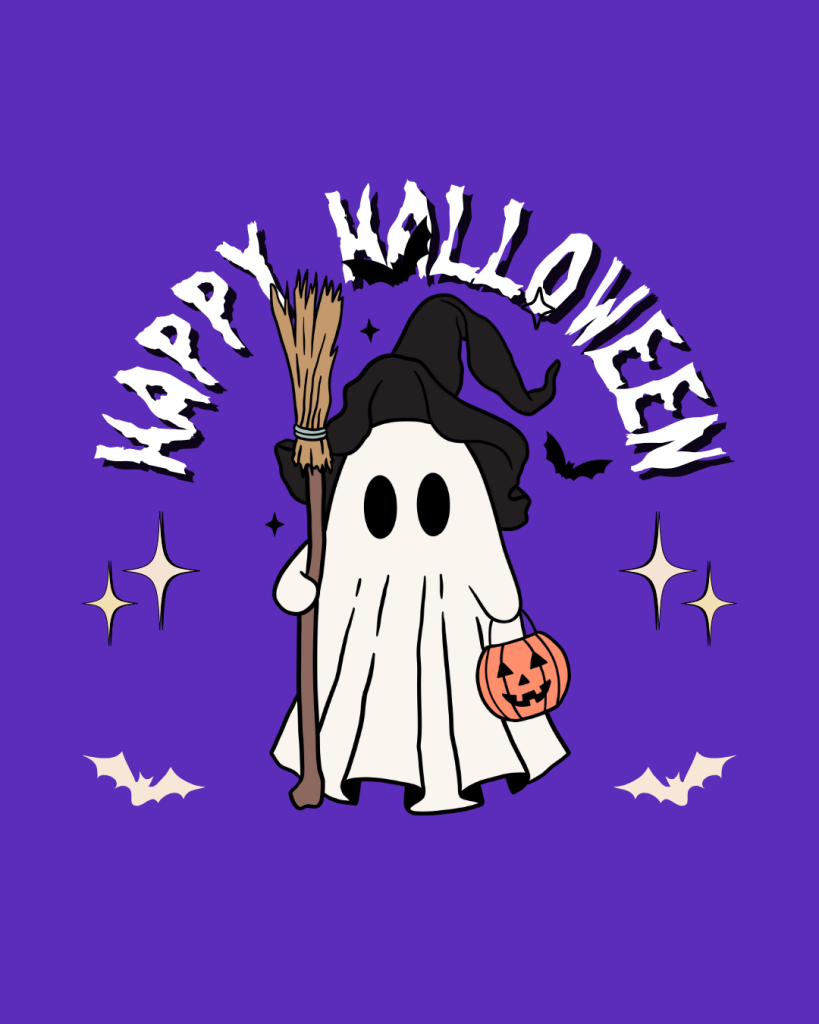In this recent podcast from the Smart Agency Masterclass, Jason Swenk sat down to speak with Eric Diaz and Natasha Pongonis, co-founders of Nativa, about how important multicultural marketing is and the significant impact it makes.
How did Eric and Natasha get started in agency life?
Nativa originally started as a web design company around 2010 but needed a way to differentiate itself away from the other million web design companies that were already well established. This led to Nativa narrowing their focus onto something that large organizations and brands were lacking, which was effective communication via social media towards Hispanic audiences.
How important is multicultural marketing in today’s climate?
The multicultural market is not only a large and vast market, but a growing one and is only becoming more and more significant as time goes on. Not only is it good for business, but it is also good for customers, the community, and the country as a whole. There is a vibrant and growing multicultural market existing and brands should find ways to honor them and communicate with them more relevantly. Furthermore, looking at trends and demographics can provide further insights. For example, younger people such as millennials and Gen-Z are becoming more and more multicultural, slowly becoming a minority-majority. Additionally, more kids now than ever are identified as mixed race and have parents from very different cultural backgrounds. This means that the U.S. has growing numbers of young consumers whose buying preferences are impacted by more than one culture. Failing to reach this expanding group of consumers means leaving money on the table.
How do agencies know what a certain demographic will want?
The answers are all in the data. However, analyzing data to identify potential consumers by cultural identity takes significant digging. To combat this, many years ago Nativa developed a social listening platform that gathered data on Hispanic buying habits, trends, and attitudes. One bump in the road Nativa faced in gathering data from existing software is that the data identified as Hispanic was only based on whether or not they spoke Spanish. However, many Hispanics don’t speak Spanish fluently, or even very well at all, but still are considered of Hispanic descent. Nativa needed to discover new ways of learning about Hispanic consumers by studying their profiles for information to indicate Hispanic ethnicity. This realization led to what eventually resulted in the O.Y.E. social listening platform.
What is Nativa’s key differentiator?
What separates Nativa from other agencies is how the data is interpreted and analyzed. Many other companies are drowning in data, but starving in knowledge regarding diverse consumers. The key to organically reaching multicultural audiences is to simply listen to your audience. Learn what is driving their conversations, where they are taking place, and what is the ethnicity of these users. Watch and learn how different ethnicities use different products.
Final Thoughts
One final note Eric brings up was mentioning the 25-year long relationship that Walmart has with their multicultural agency, an investment that keeps providing returns and proving how important and valuable of an investment this is for Walmart. Natasha closes out the podcast by emphasizing how important it is to have that cultural awareness and know-how to communicate in an appropriate and effective way.
Click here to listen to the full multicultural marketing podcast




